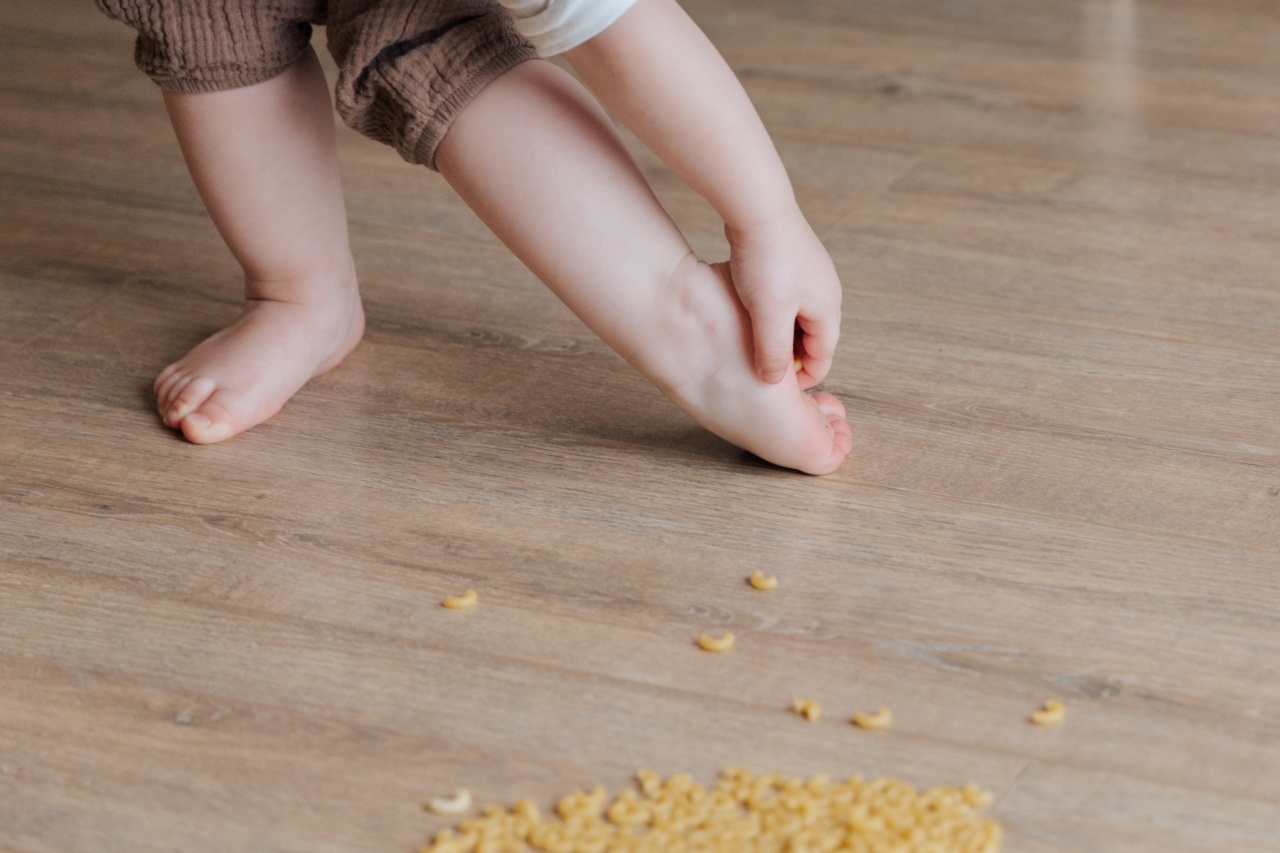Having healthy feet is crucial for overall well-being and mobility. Unfortunately, many people suffer from common foot problems like varicose veins, which can cause discomfort and pain.
In this article, we will explore various strategies and tips to keep your feet healthy and varicose vein-free.
1. Maintain an Active Lifestyle
Regular exercise is not only beneficial for your overall health but also for your feet. Engaging in physical activities improves blood circulation and strengthens the muscles in your lower limbs.
Consider incorporating activities like walking, swimming, or cycling into your routine to boost your foot health.
2. Choose Comfortable and Supportive Footwear
Wearing ill-fitting shoes can lead to a myriad of foot problems, including varicose veins. Opt for shoes that provide proper arch support, cushioning, and enough room for your toes to move freely.
Avoid excessively high heels and tight-fitting shoes as they can restrict blood flow and contribute to vein issues.
3. Practice Good Hygiene
Keep your feet clean and dry to prevent fungal infections and other foot-related issues. Wash your feet daily, making sure to cleanse between the toes. Dry them thoroughly, especially in areas prone to moisture buildup.
Applying talcum powder can help absorb excess sweat.
4. Maintain a Healthy Weight
Excess weight puts additional pressure on your feet, increasing the risk of varicose veins. Maintain a healthy weight through balanced nutrition and regular exercise. This not only benefits your foot health but also your overall well-being.
5. Elevate Your Feet
When sitting or lying down, raise your feet slightly above heart level to promote healthy blood circulation. This can be particularly beneficial after long periods of standing or sitting, as it helps reduce the strain on your feet and lower legs.
6. Avoid Prolonged Sitting or Standing
Both prolonged sitting and standing can hamper proper blood flow and contribute to foot and vein problems. If your job involves extended periods of sitting or standing, make sure to take regular breaks to stretch your legs and promote circulation.
7. Massage and Stretch Your Feet
Massaging and stretching your feet regularly can alleviate tension, boost blood circulation, and prevent the onset of varicose veins. Consider rolling your feet over a tennis ball or using your hands to massage the soles of your feet.
Stretching exercises like toe curls and calf stretches are also beneficial.
8. Wear Compression Stockings
If you are prone to varicose veins or spend extended periods standing, wearing compression stockings can provide relief. These stockings help improve blood flow by applying pressure to the legs and preventing blood from pooling.
Consult a healthcare professional to determine the appropriate compression level and type for your needs.
9. Follow a Healthy Diet
A balanced diet rich in nutrients is essential for overall health, including your foot health. Include foods that promote good circulation, such as fruits, vegetables, whole grains, and lean proteins.
Avoid excessive sodium intake, as it can lead to swelling and fluid retention.
10. Regular Check-ups
Lastly, ensure you have regular check-ups with a podiatrist or foot specialist. They can assess and address any potential foot issues early on, preventing them from worsening or leading to complications.
Regular foot examinations are especially important if you have a history of vein problems or foot-related conditions.































